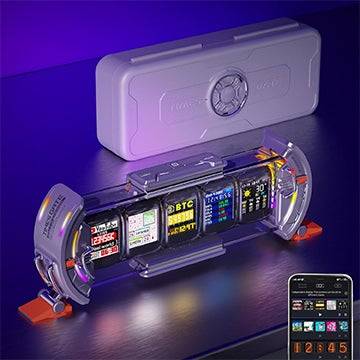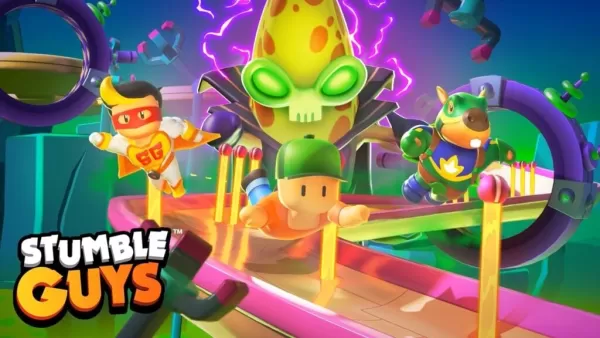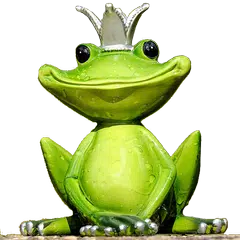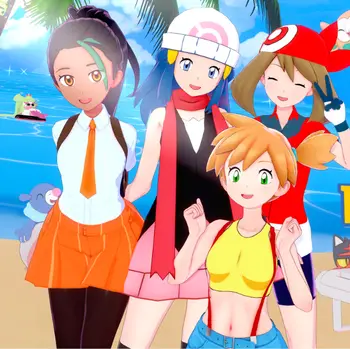The announcement of the Nintendo Switch 2's $450 USD price tag certainly turned heads, marking a significant jump from what we've traditionally expected from Nintendo. Analysts had forecasted a minimum price of around $400 USD, citing increased production costs and economic factors such as tariffs. However, the real surprise came with the pricing of Switch 2 games, which not only hit the new $70 USD standard but soared to $80 USD for titles like Mario Kart World. When you factor in the cost of additional accessories for the full Switch 2 experience, the total investment becomes quite substantial.
To better understand the Switch 2's pricing, let's adjust the launch prices of previous Nintendo consoles for inflation and see how they compare. We'll also look at how the Switch 2 stacks up against other gaming consoles.
Nintendo Switch 2 Price Vs Previous Nintendo Consoles
NES
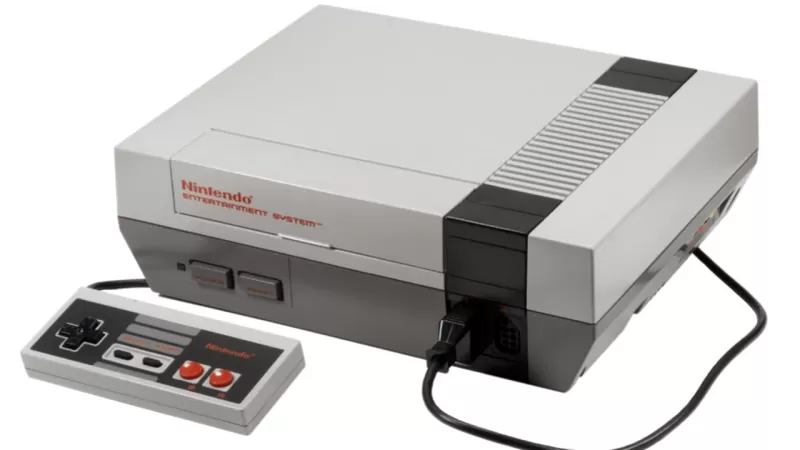 Launched in 1985 at $179 USD, the NES seems like a bargain today. However, adjusted for inflation, it would cost a hefty $523 USD in 2025.
Launched in 1985 at $179 USD, the NES seems like a bargain today. However, adjusted for inflation, it would cost a hefty $523 USD in 2025.
SNES
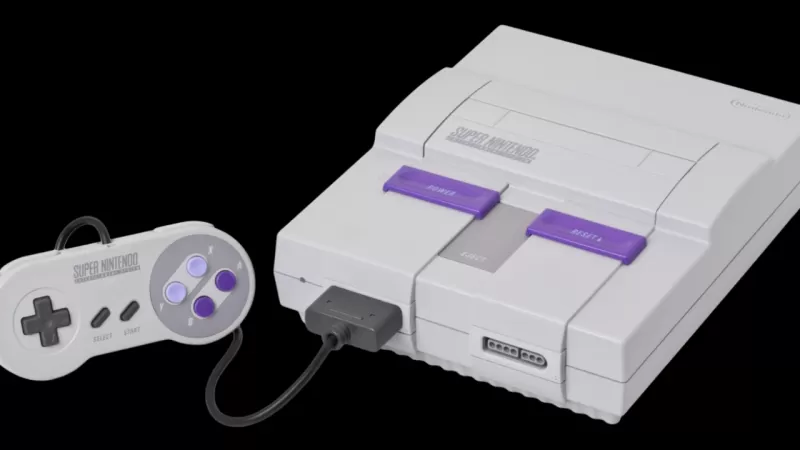 In 1991, the SNES was priced at $199 USD, just $20 more than the NES. But factoring in inflation, it would set you back $460 USD in today's dollars.
In 1991, the SNES was priced at $199 USD, just $20 more than the NES. But factoring in inflation, it would set you back $460 USD in today's dollars.
Nintendo 64
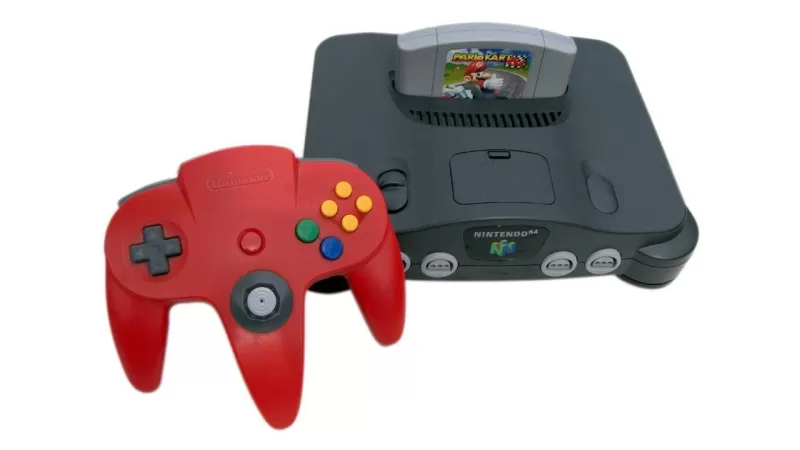 With the Nintendo 64's launch in 1996 at $199 USD, the price remains the same as the SNES. Yet, adjusted for inflation, it equates to $400 USD in 2025.
With the Nintendo 64's launch in 1996 at $199 USD, the price remains the same as the SNES. Yet, adjusted for inflation, it equates to $400 USD in 2025.
Nintendo GameCube
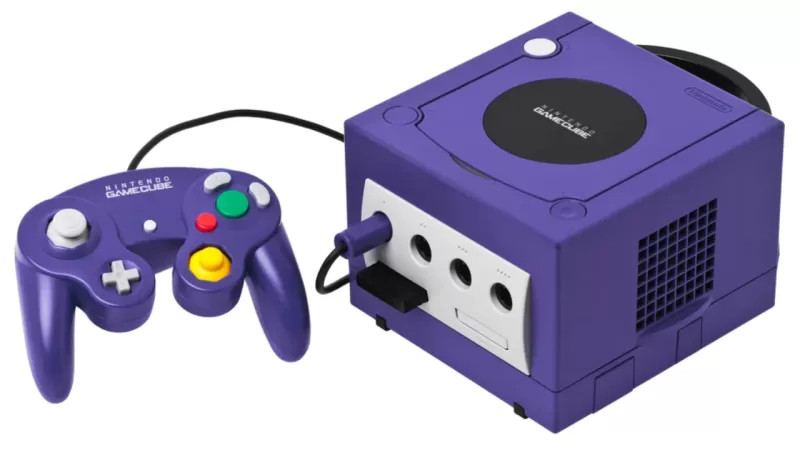 Released in 2001 for $199 USD, the GameCube's games are set to be accessible on the Switch 2 via the Nintendo Switch Online's classic library. In today's terms, that's $359 USD.
Released in 2001 for $199 USD, the GameCube's games are set to be accessible on the Switch 2 via the Nintendo Switch Online's classic library. In today's terms, that's $359 USD.
Wii
 In 2006, the Wii entered the market at $249 USD, a motion-controlled revolution that became a global phenomenon. Adjusted for inflation, it's about $394 USD in 2025.
In 2006, the Wii entered the market at $249 USD, a motion-controlled revolution that became a global phenomenon. Adjusted for inflation, it's about $394 USD in 2025.
Wii U
 Despite less success, the Wii U launched in 2012 at $299 USD, which translates to $415 USD in 2025, closely aligning with the Switch 2's pricing.
Despite less success, the Wii U launched in 2012 at $299 USD, which translates to $415 USD in 2025, closely aligning with the Switch 2's pricing.
Nintendo Switch
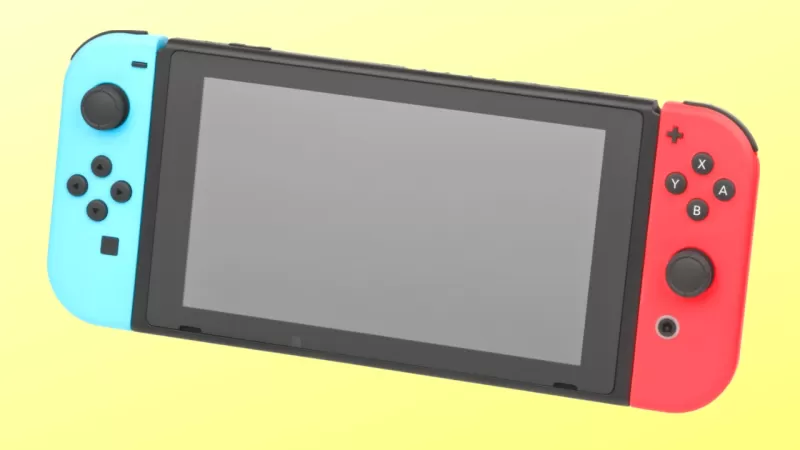 Released in 2017 at $299 USD, the original Switch became one of Nintendo's most successful consoles. Adjusted for inflation, it's $387 USD today, still less than the Switch 2's upcoming June 5 release.
Released in 2017 at $299 USD, the original Switch became one of Nintendo's most successful consoles. Adjusted for inflation, it's $387 USD today, still less than the Switch 2's upcoming June 5 release.
Interestingly, the original NES emerges as the priciest Nintendo console at launch when adjusted for inflation, which doesn't necessarily make the Switch 2's price any more palatable.
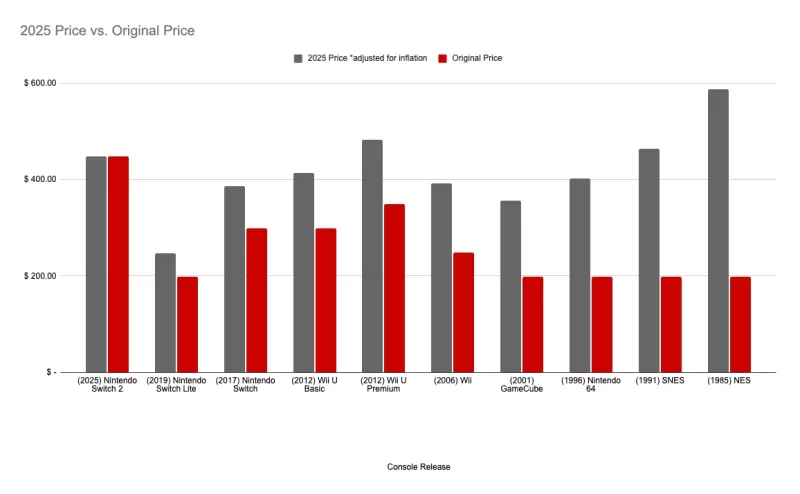 Credit: IGNBut what about the games?
Credit: IGNBut what about the games?
While the Switch 2's console price was somewhat anticipated, the pricing of its games was a shock. Titles like Mario Kart World are priced at a staggering $80 USD, while others like Donkey Kong Bananza come in at $70 USD (or $65 digitally). Comparing these prices to the early NES cartridges is challenging due to the wide price range back then, which could be as high as $45 USD ($130 USD in 2025) or as low as $34 USD ($98 USD in 2025). Yet, many anticipate that game prices might continue to rise.
The Switch 2's pricing is at the higher end of Nintendo's spectrum, only surpassed by the NES and SNES when adjusted for inflation. Real-world factors, including a region-locked, cheaper version for Japan at 49,980 JPY ($340 USD), contribute to these price adjustments.
How Switch 2's Price Compares to Other Consoles
Let's also examine how the Switch 2's pricing compares to some other consoles over time:
PlayStation 2
 Launched in 2000 at $299 USD, the best-selling console of all time would now cost $565 USD in 2025 after adjusting for inflation.
Launched in 2000 at $299 USD, the best-selling console of all time would now cost $565 USD in 2025 after adjusting for inflation.
Xbox 360
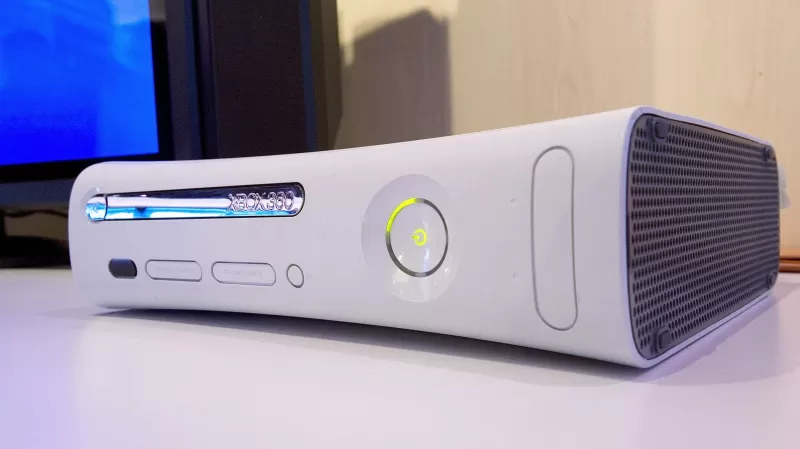 In 2005, the Xbox 360 was released at $299 USD, equating to about $500 USD in today's dollars.
In 2005, the Xbox 360 was released at $299 USD, equating to about $500 USD in today's dollars.
 Console prices adjust for inflation. The PS3 was super expensive! Image credit: IGN
Console prices adjust for inflation. The PS3 was super expensive! Image credit: IGN
In conclusion, the Switch 2's price, while high, is part of a broader trend in the gaming industry. For more insights, check out IGN's hands-on with the Switch 2 and games like Mario Kart World, and delve into our discussions with analysts on the factors driving the costs of the Switch 2 and its ecosystem.

